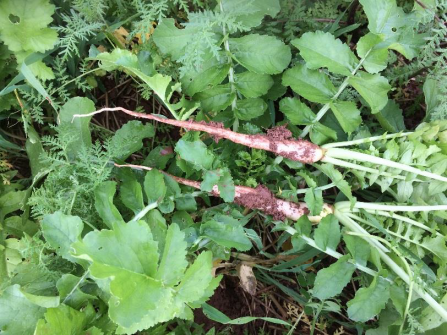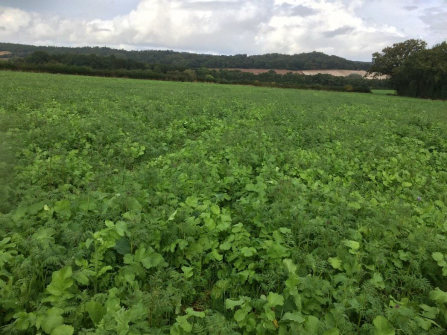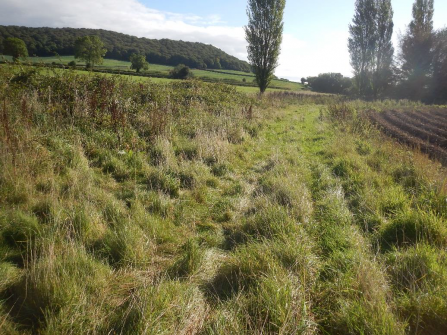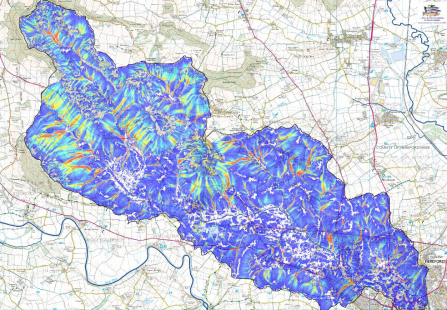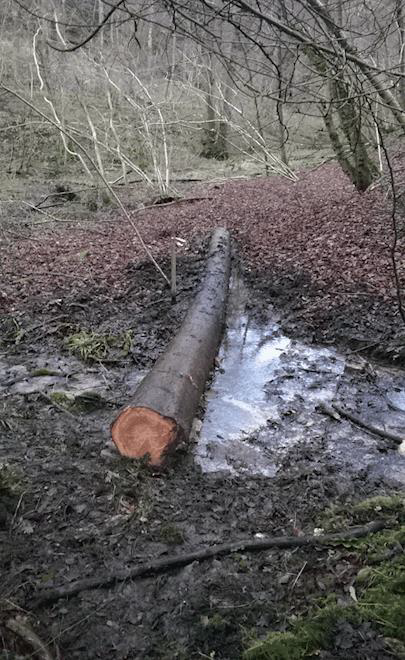Previous flood defence schemes in the Yazor catchment have involved large-scale, hard engineered solutions. However, these approaches are costly and there is increasing evidence that demonstrates that small tweaks to the management of the wider countryside, known as natural flood management (NFM), can also help to reduce flood risk to downstream properties.
Rivers are the pathway for flooding, but the surrounding catchment is where the majority of rain falls and where runoff can be generated.
In Herefordshire several watercourses have been identified as a priority for NFM due to the number of properties that suffer from flooding directly downstream; the Yazor Brook is one of these. The approach for this NFM project, unlike many others in the UK, seeks to identify opportunities for agricultural land that can:
- increase water infiltration rates
- increase water holding capacity of soils
- reduce runoff and soil loss
- improve condition of stream banks and bankside vegetation to increase channel roughness
- slowing the flow of water in the brook itself through introducing leaky dam structures or planting hedges and trees
Actioning these across the catchment will slow the flow of water into the river system at times of high rainfall without compromising agricultural activities.
Farmers and landowners in the upper catchment are working to help reduce the flood risk to downstream properties. They are changing soil management to improve water infiltration and testing organic matter levels to ascertain water holding capacity.
Cropping patterns are being changed to improve the soils capacity to hold water.
The practice of multi-species cover cropping is one management practice being adopted by farmers in the catchment. This crop is planted straight after the main cereal harvest to create thick ground cover with a variety of rooting depths and habits to improve soil structure, put organic matter deep into the ground and to prevent rapid run off of rainfall by increasing infiltration capacity. The cover crop is then destroyed prior to the planting of a spring crop.

